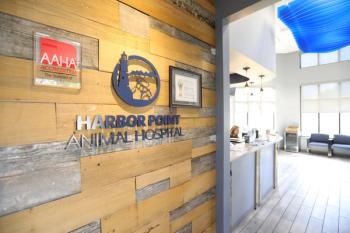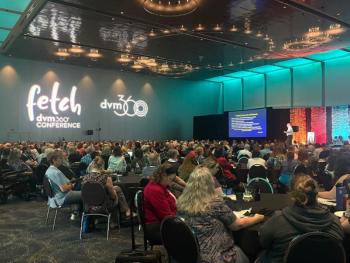
Salaries on the rise, AAHA reports
Lakewood, Colo. – Salaries are on the rise, yet a gender disparity still exists, according to an American Animal Hospital Association (AAHA) survey.
LAKEWOOD, COLO. – Salaries are on the rise, yet a gender disparity still exists, according to an American Animal Hospital Association (AAHA) survey.
For owner veterinarians, a 31.5-percent change was experienced from 2003 to 2005, with the 2005 rate averaging $124,631. Associate veterinarians bring in, on average, $74,751. But DVMs submitting salary information to the AAHA Compensation and Benefits Study were in no way uniform.
"What was surprising to us was the variation of salaries within the same sectors of veterinary medicine," says Erin Landeck, MS, CPA, of AAHA. "Different factors applied as to why this change might occur, but there was no tell-tale reason.
Figure 3
Some possibilities for the reported swings in salary ranges include gender, hours of work and demographic location. But according to survey, even veterinarians with similar sized practices, reported very different salaries.
"This topic will be investigated further in the next survey," Landeck adds.
Hours worked
Owner veterinarians reporting 40 to 44 hours worked per week averaged $164 per visit, seeing 65 cases in that time period. Those working 44.1 to 49 hours weekly report a 48-patient workload and a $128 per patient median. A doctor working 49.1 hours or more weekly reported seeing 72 cases and earning about $123 per visit, according to the association.
Average full-time associate earnings
The study found the most common compensation method for associates include a base salary along with a percentage of the production. About 76 percent of premiums are paid by the practice for health insurance.
Annual production dollars reported by associates' average $337,842, with the annual number of production invoices averaging 3,367 and $171 per invoice.
Benefits to associates include perks such as pet food provided at cost, pharmaceuticals provided at no charge, 5.3 uniforms paid for by practice, license fees and professional dues paid and a continuing education spending allowance of $1,067.
Veterinary staff/hour rate
Other results:
- A veterinary office manager considered highly experienced can expect to earn an average of $16.74.
- An experienced veterinary head technician earns on average $16.99, while an experienced registered or certified tech earns $15.73 with experience and $12.83 with little experience.
A non-registered technician makes $14. 13 on the high end and $10.48 to start.
- A head receptionist with experience makes about $13.50, while a receptionist earns an average of $12.68 with experience.
- A veterinary assistant earns $10.74 with experience and $8.36 to start.
About 20 percent of veterinarians responding to the survey say they do not offer paid holidays to staff. Those who do offer paid holidays pay six or seven annually.
Other topics
The publication gives statistics on the type of insurance those surveyed carry, employee turnover rate, discounts offered to clients and a variety of other figures that can help practitioners how to steer their practice and how their protocols rate with their colleagues.
Veterinarians say the time of paid vacation is commensurate with length of employment. Three quarters of DVMs surveyed offer a retirement plan to employees (76 percent).
The survey
On Oct. 11, 2005, 10,000 surveys were mailed to a random sample of small animal veterinarians in the United States. As of Nov. 1, a total of 1,2005 completed were received, giving the survey a 10.3 percent response rate. A total of 478 compensation questionnaires and 550 benefits questionnaires were returned, with a 7.1 percent and 16.7 percent response rate.
Newsletter
From exam room tips to practice management insights, get trusted veterinary news delivered straight to your inbox—subscribe to dvm360.




